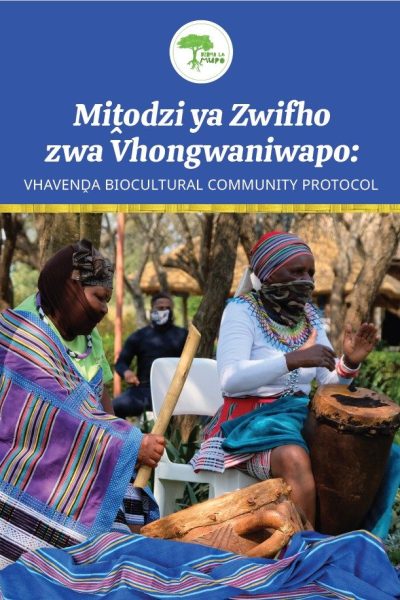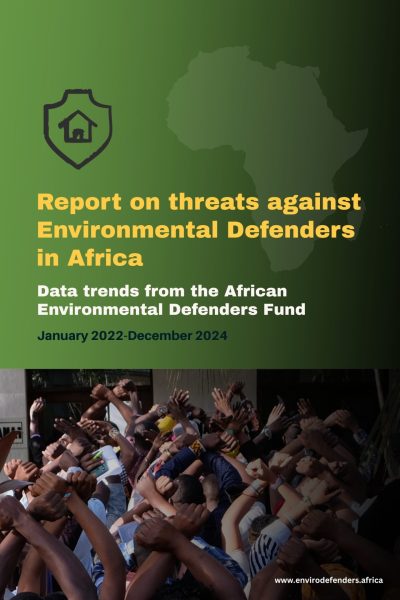The Kunming-Montreal Global Biodiversity Framework (GBF) was adopted by Parties to the Convention on Biological Diversity (CBD) in 2022. It calls for transformative action “to halt and reverse biodiversity loss” by 2030, including through conservation that jointly advances rights, equity, and sustainability.
GBF Target 3 is to:
“Ensure and enable that by 2030 at least 30 per cent of terrestrial and inland water areas, and of marine and coastal areas, especially areas of particular importance for biodiversity and ecosystem functions and services, are effectively conserved and managed through ecologically representative, well-connected and equitably governed systems of protected areas and other effective area-based conservation measures, recognizing indigenous and traditional territories, where applicable, and integrated into wider landscapes, seascapes and the ocean, while ensuring that any sustainable use, where appropriate in such areas, is fully consistent with conservation outcomes, recognizing and respecting the rights of indigenous peoples and local communities, including over their traditional territories.”
The rights and equity elements of Target 3 advance global commitments on area-based conservation. They present an opportunity and responsibility to improve policy and practice. Target 3 implementation also needs to uphold cross-cutting provisions of the GBF. These include commitments to: full, equitable, inclusive, effective, and gender responsive participation; recognition and respect for the rights and contributions of Indigenous Peoples and local communities; gender equality; inter-generational equity;
protection of environmental human rights defenders; and a human rights-based approach to implementation.
The GBF explicitly acknowledges Indigenous Peoples’ and local communities’ contributions “as custodians of biodiversity and partners in… conservation” and commits to safeguarding their rights. Evidence of the expanse and importance of these contributions affirms that global targets cannot be equitably or effectively achieved without recognizing and respecting their leadership and rights. However, for many Indigenous Peoples and local communities, area-based conservation, particularly through protected areas (PAs), has historically resulted in, and continues to result in, profound injustices and human rights violations when rights are not recognised or adequately protected. These injustices include disruption and loss of access to cultural and spiritual relationships to place and to traditional livelihoods and ways of living, as well as evictions, displacements, and other forms of violence. The ambition to conserve 30% of the earth stated in Target 3 has raised real concerns that a rapid expansion of area-based conservation approaches could, in too many areas, perpetuate and exacerbate these harms.
Implementing Target 3 through a human rights-based approach (HRBA) is crucial for avoiding the risks for harm and realising its potential to contribute to the wellbeing of people and nature. An HRBA involves actively seeking to avoid negative human rights impacts, provide remedy for harm, and enhance positive human rights outcomes as much as possible. It requires addressing power relationships, and taking action with rightsholders as leaders and equal partners.
Additional information can be found in:
From agreements to actions: A guide to applying Human Rights Based Approaches to the Kunming-Montreal Global Biodiversity Framework.







